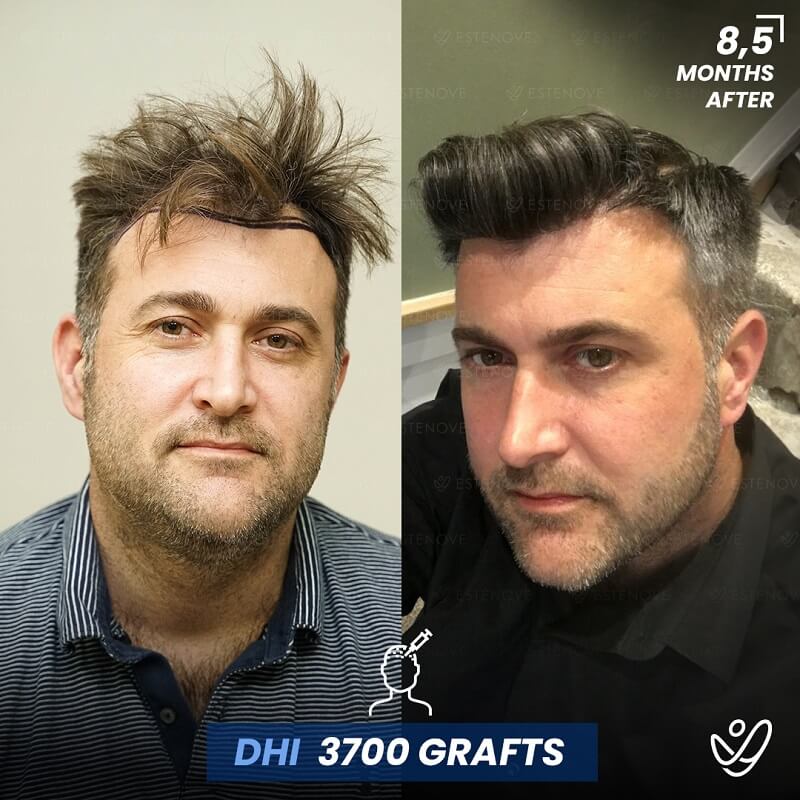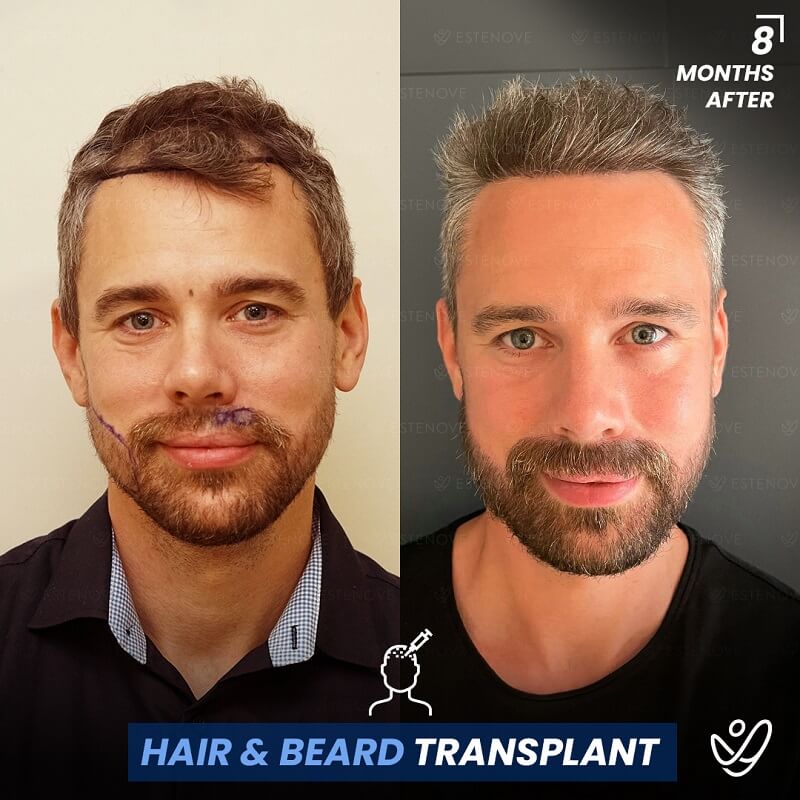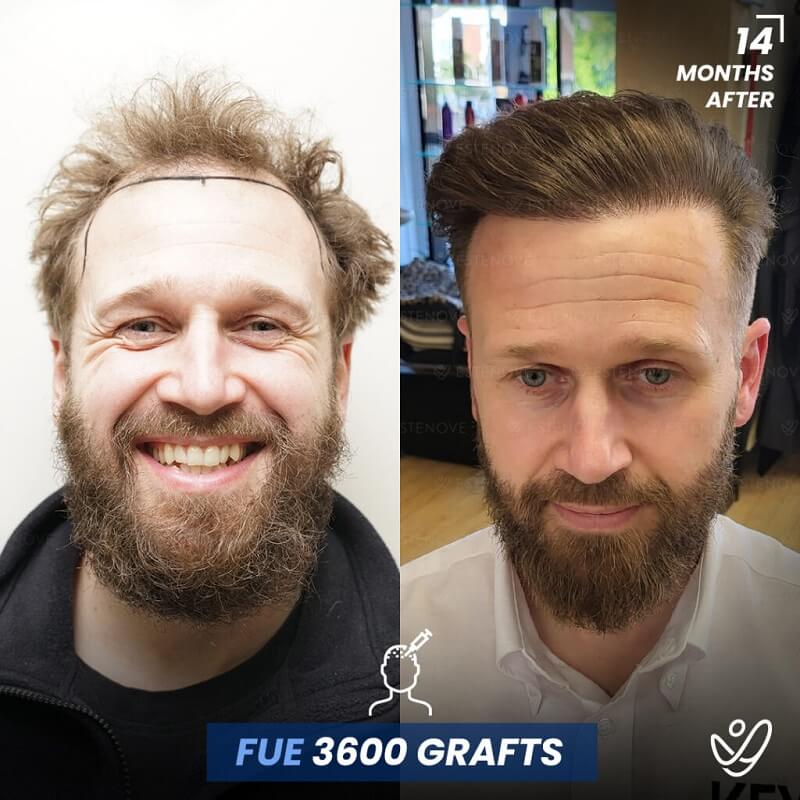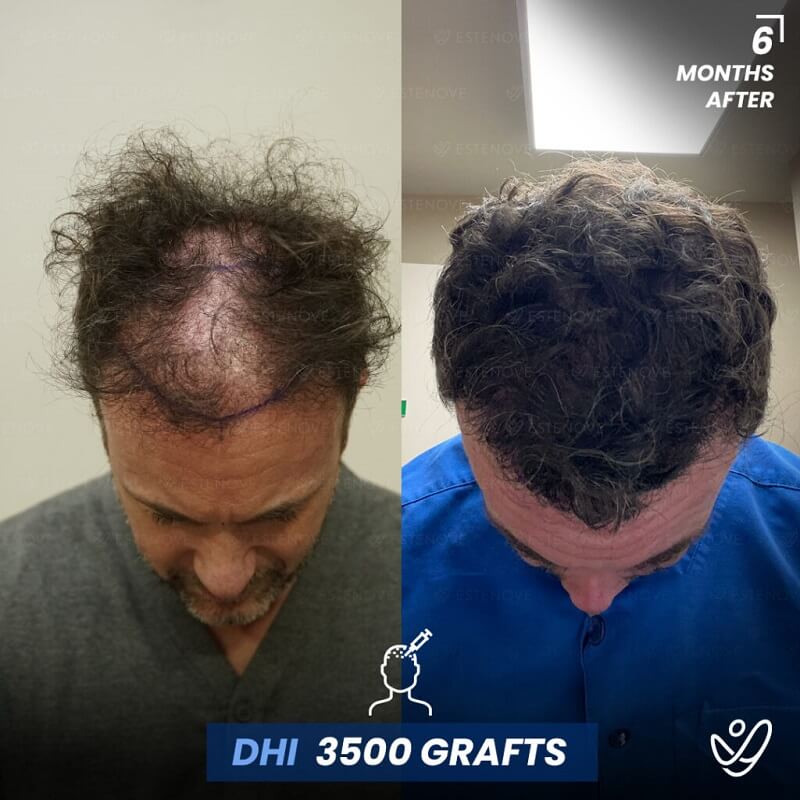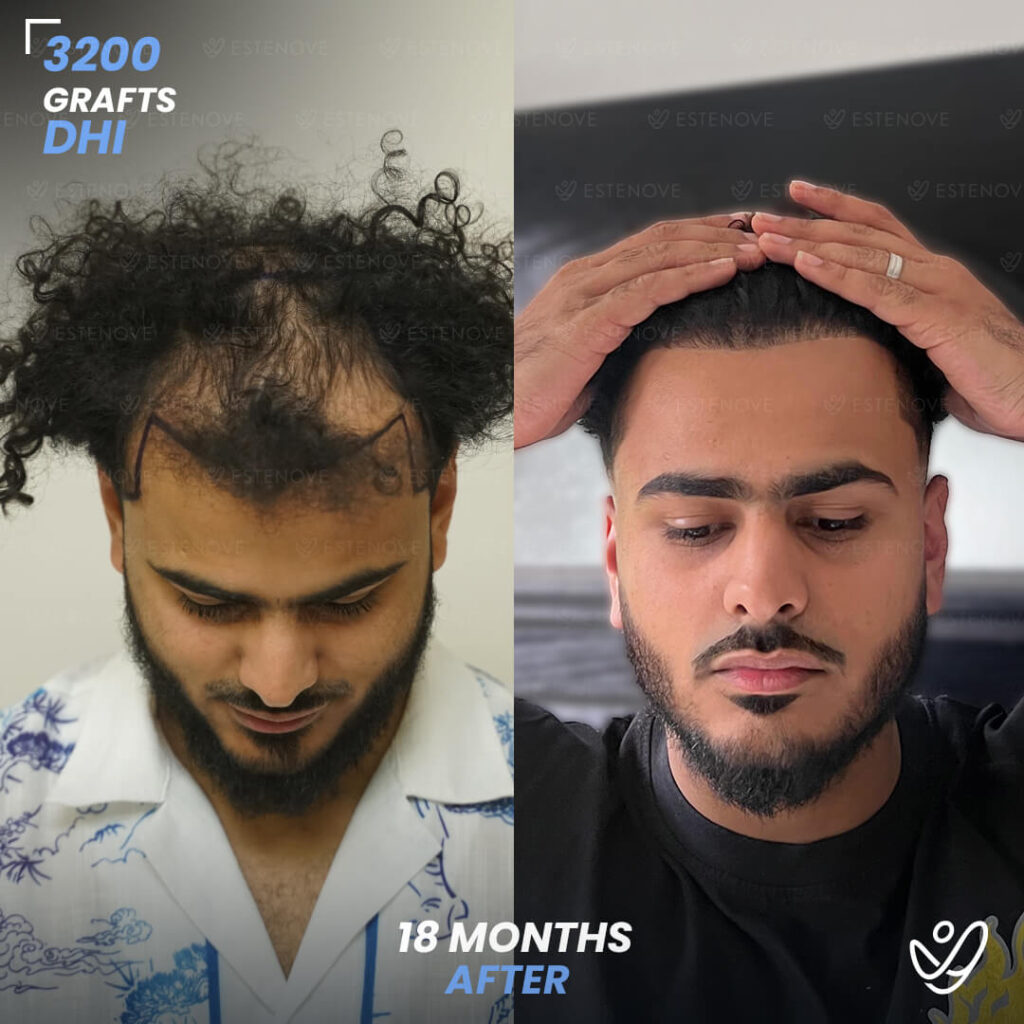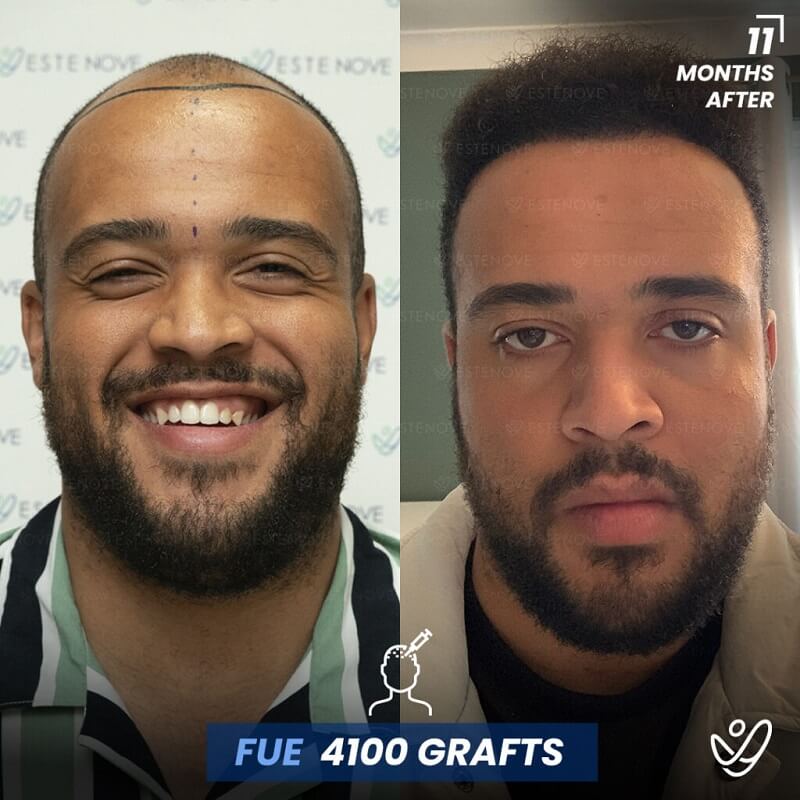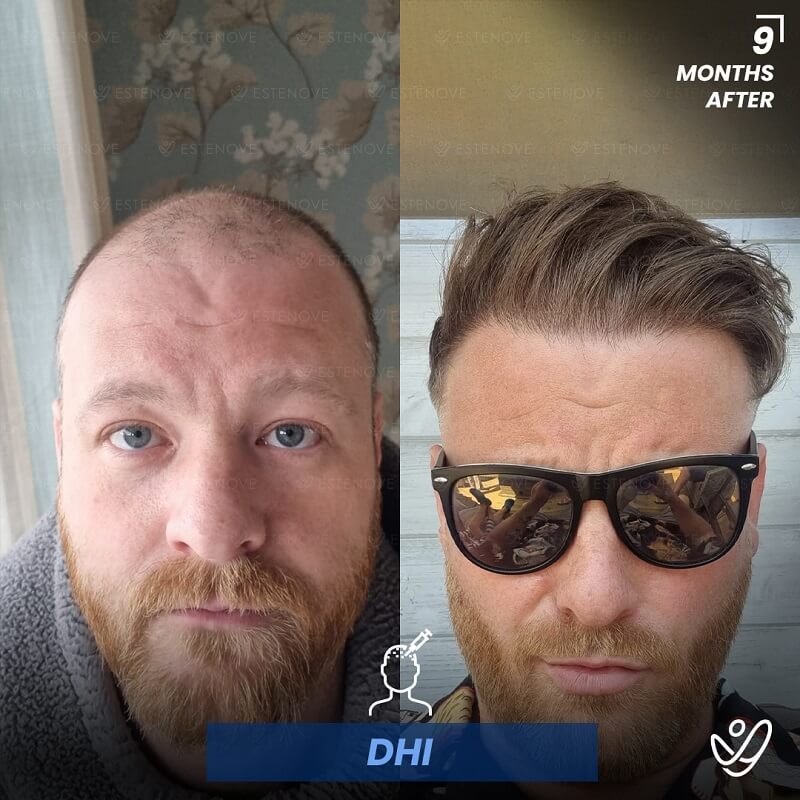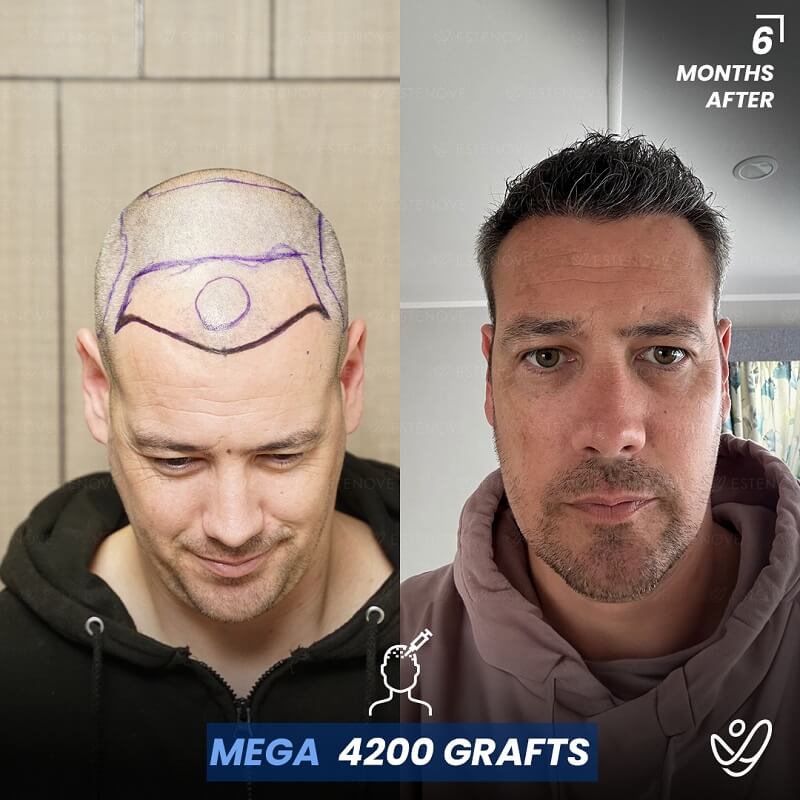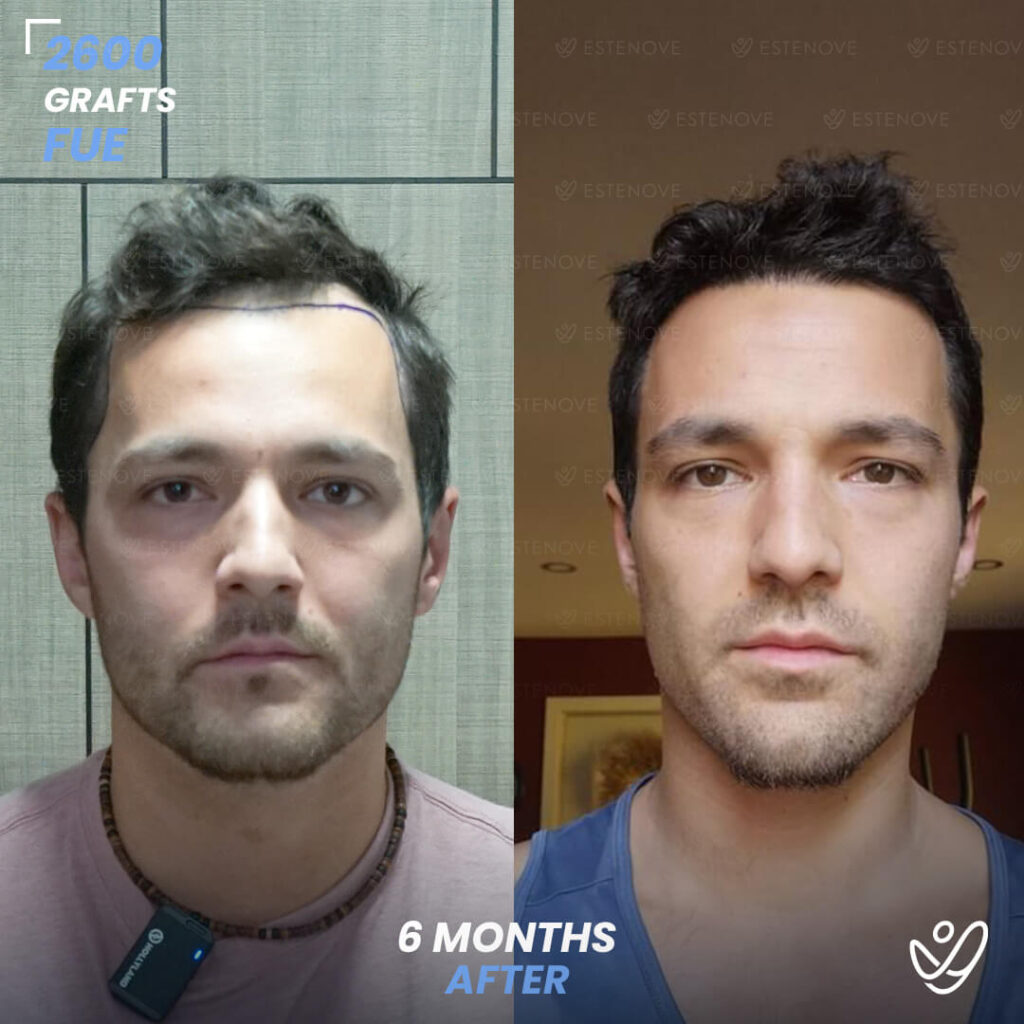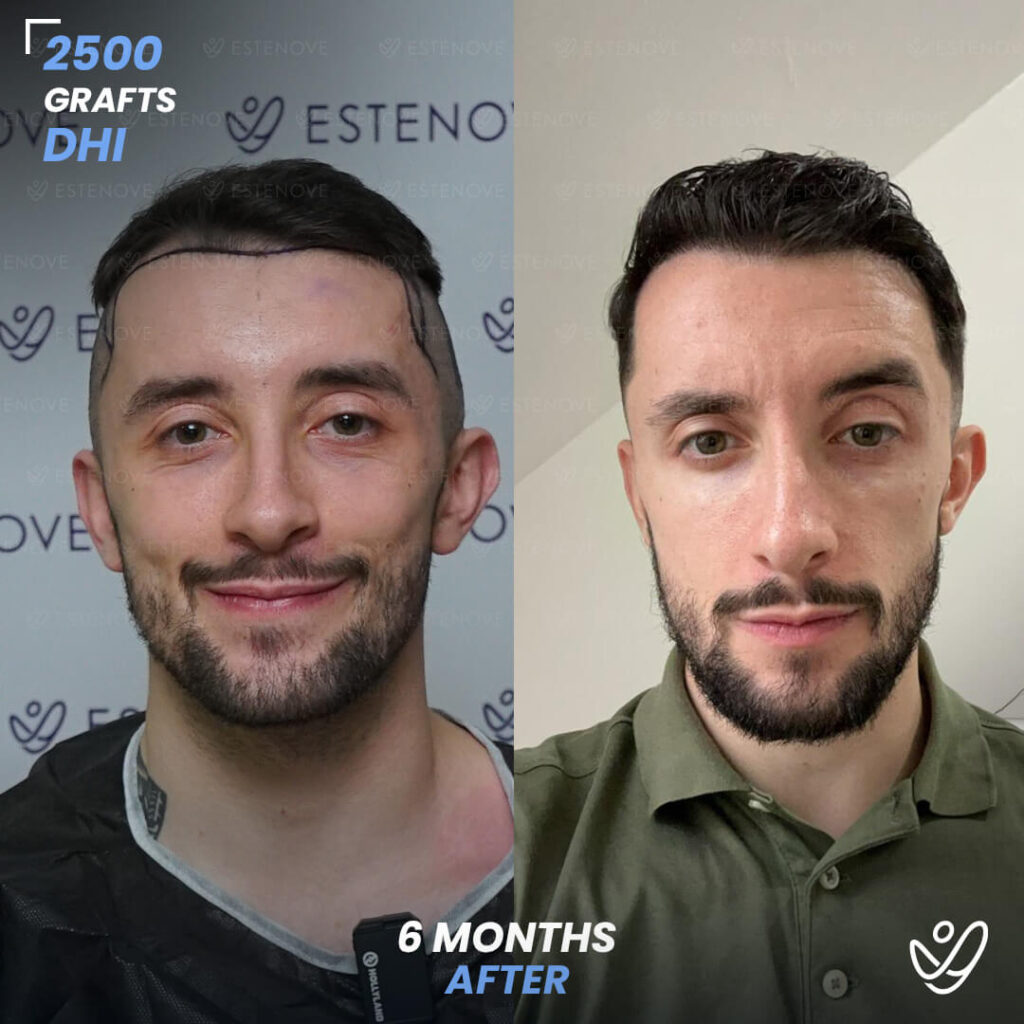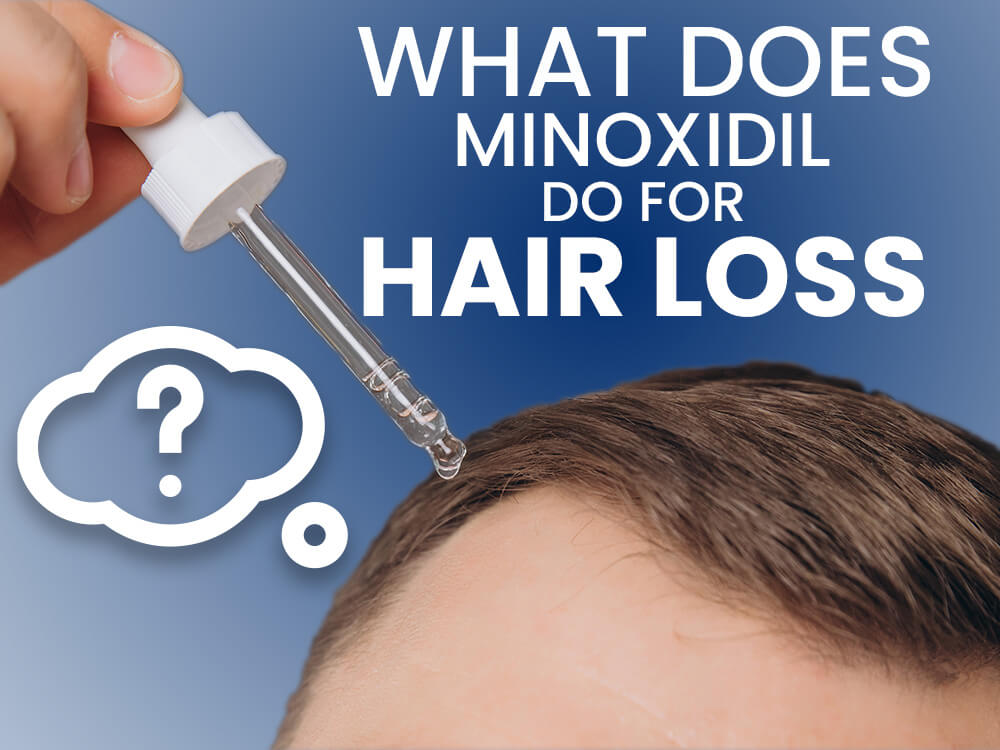
Minoxidil (Rogaine) is a well-known topical treatment for hair loss that has helped many individuals experiencing thinning hair or baldness. Originally developed as a medication for high blood pressure, it was discovered that one of its side effects was hair growth. This serendipitous finding has led to its widespread application in dermatological practice. This article delves into how minoxidil affects hair follicles, the underlying science, suitable candidates for its use, application tips, expected results, side effects, long-term use safety, alternatives, and considerations for those evaluating hair transplant options.
Table of Contents
- How Minoxidil Works on Hair Follicles
- The Science Behind Minoxidil: What Research Tells Us
- Who Can Benefit from Minoxidil?
- Application Tips: How to Use Minoxidil Effectively
- Expected Results: What to Anticipate When Using Minoxidil
- Common Side Effects of Minoxidil: What to be Aware of
- Long-Term Use: Is Minoxidil Safe for Extended Periods?
- Alternatives to Minoxidil: Exploring Other Hair Loss Solutions
- Evaluating Options: Hair Transplant or Medications?
How Minoxidil Works on Hair Follicles
Minoxidil acts as a vasodilator, meaning it helps to widen blood vessels. When applied topically, it is believed to stimulate hair follicles by improving blood circulation to the scalp. This increased blood flow increases the delivery of nutrients and oxygen to hair follicles, which may promote hair regrowth.
Additionally, minoxidil extends the growth phase of hair follicles, known as the anagen phase. This phase is crucial for the production of longer, thicker hair. By prolonging this phase, minoxidil can lead to significant improvement in hair density and overall scalp health.
Research suggests that minoxidil may also influence the hair follicle’s cellular mechanisms by affecting the expression of certain growth factors. For instance, it has been shown to increase the levels of vascular endothelial growth factor (VEGF), which plays a vital role in the formation of new blood vessels. This not only enhances the supply of essential nutrients but may also create a more favorable environment for hair follicles to thrive. Furthermore, minoxidil’s ability to stimulate the proliferation of dermal papilla cells—key players in hair growth—adds another layer to its effectiveness, making it a popular choice among those seeking to combat hair loss.
Moreover, the application of minoxidil is often accompanied by a regimen of proper scalp care, which can further amplify its benefits. Keeping the scalp clean and free from excess oil and buildup can enhance the absorption of minoxidil, ensuring that the active ingredients reach the hair follicles effectively. Many users also incorporate complementary treatments, such as gentle scalp massages or the use of essential oils, to promote relaxation and improve circulation, thereby optimizing the overall results of their hair restoration efforts. This holistic approach not only targets the symptoms of hair loss but also contributes to a healthier scalp environment, which is essential for sustained hair growth.
The Science Behind Minoxidil: What Research Tells Us
Extensive research has been conducted on minoxidil, with studies demonstrating its efficacy in treating androgenetic alopecia, a common form of hair loss in both men and women. Clinical trials show that the 5% concentration of minoxidil is particularly effective for male participants, while a 2% concentration has been beneficial for females.
Minoxidil is a widely used medication for addressing hair loss-related issues, offering significant benefits to individuals with hair disorders. While the FDA has officially approved minoxidil for treating androgenetic alopecia (AGA), it is also commonly used off-label to manage other hair disorders and to promote body hair growth. Though topical minoxidil is generally regarded as a safe and effective treatment for various hair conditions, further evidence-based research is needed to support its use in some applications.¹
Who Can Benefit from Minoxidil?
Minoxidil is primarily recommended for individuals experiencing androgenetic alopecia, regardless of gender. It is important to identify suitable candidates based on age and the progression of hair loss. Typically, adults aged 18 to 65 are most responsive to treatment.
Individuals facing early signs of hair thinning often see the best results, as minoxidil is more effective when started at the onset of hair loss. Additionally, those with minimal to moderate hair loss tend to benefit more compared to those with extensive baldness.
Application Tips: How to Use Minoxidil Effectively
To maximize the effectiveness of minoxidil, it is essential to apply it correctly. Here are some tips for proper application:
- Apply minoxidil to dry hair and scalp, as it absorbs better when the scalp is clean and free of other products.
- Use the recommended dosage and avoid exceeding it, as more is not necessarily better.
- Massage the solution gently into the scalp to ensure it penetrates effectively.
- Allow the product to dry completely before styling your hair or applying other hair care products.
Consistency is key; daily application is crucial for achieving the desired results.
Expected Results: What to Anticipate When Using Minoxidil
When using minoxidil, individuals can typically expect to see results within two to four months of consistent application. Initial hair shedding may occur as the new hair begins to grow, but this is often a temporary phase.
Visible results, such as new hair growth and thickening of existing hair, usually become apparent after about six months. However, it is important to remain patient, as full results can take up to a year. Users should also maintain realistic expectations, as results can vary widely depending on individual response to treatment.
Common Side Effects of Minoxidil: What to be Aware of
As with any medication, minoxidil can cause side effects. Commonly reported side effects include:
- Scalp irritation or redness.
- Unwanted facial hair growth in some instances.
- Itching or dryness of the scalp.
Although rare, severe side effects can occur, including rapid heart rate or swelling in the hands and feet. Individuals should monitor their reactions to the medication and consult a healthcare provider if any concerning symptoms occur.
Long-Term Use: Is Minoxidil Safe for Extended Periods?
Long-term use of minoxidil is considered safe for most users. Clinical studies have shown that continuous application does not result in significant adverse effects over time. However, it is crucial to periodically assess your response to the treatment and consult with a healthcare professional.
It’s also important to note that if minoxidil is discontinued, any newly grown hair may gradually shed, and hair loss may revert to its original state. Therefore, long-term commitment is often needed to maintain results.
Alternatives to Minoxidil: Exploring Other Hair Loss Solutions
While minoxidil is a popular option for hair loss, several alternatives are available, including:
- Finasteride: A prescription medication for men that also aids in preventing hair loss.
- Low-level laser therapy: Uses light to stimulate hair follicles.
- Platelet-rich plasma (PRP) therapy: Involves injecting concentrated platelets into the scalp to promote healing and hair growth.
Natural remedies and dietary changes may also support hair health, although more research is needed to validate these approaches. Each alternative has its own mechanism of action and effectiveness, so individuals should consult healthcare providers to consider the best option for their unique situation.
Evaluating Options: Hair Transplant or Medications?
For those with significant hair loss, a hair transplant may be a consideration in addition to or instead of medications like minoxidil. Hair transplant procedures involve moving hair follicles from donor sites on the scalp to balding areas.
When evaluating whether to pursue a hair transplant or medications, it is important to consider factors such as:
- Extent of hair loss and future hair loss potential.
- Budget, as transplants can be costly and often aren’t covered by insurance.
- Personal preferences regarding surgical procedures versus topical treatments.
Consulting with a professional specializing in hair restoration can help individuals make informed decisions suited to their unique needs and conditions.
Fill the form below to get free consultation
Sources:
¹ https://pmc.ncbi.nlm.nih.gov/articles/PMC6691938/

